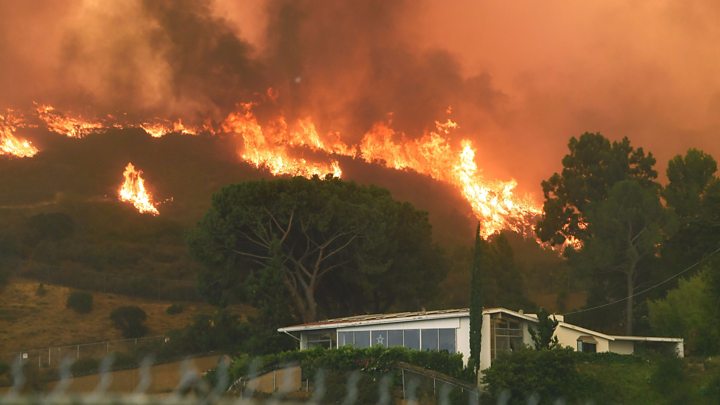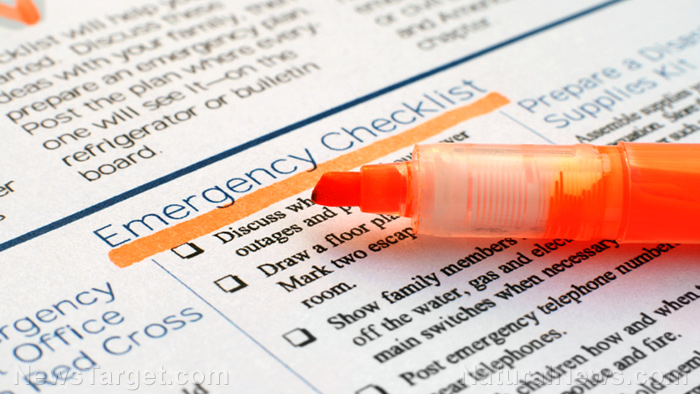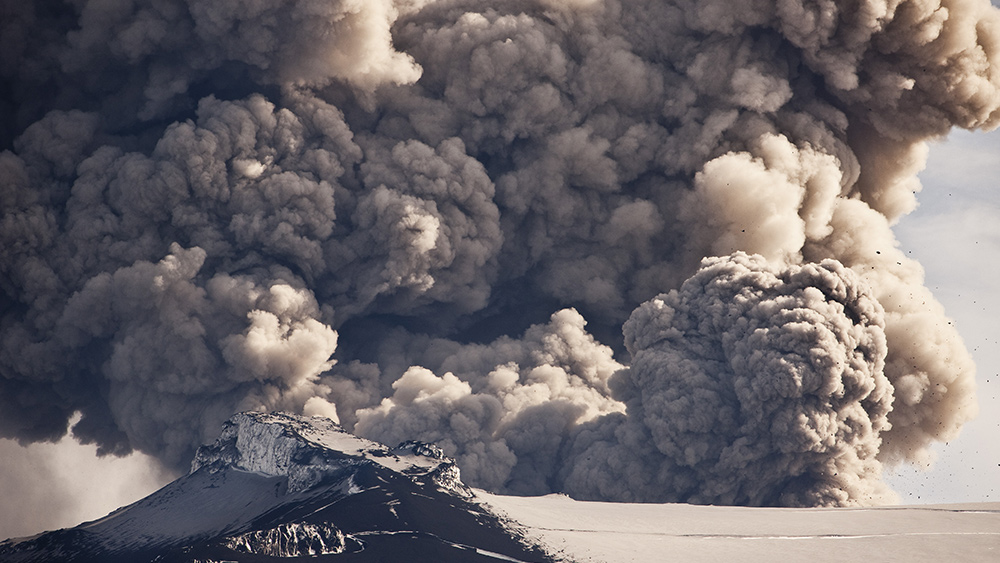
Fires are one of the most devastating disasters that can hit families, incinerating everything in a matter of seconds. It can also lead to deaths and severe injuries. According to the National Fire Protection Agency, the number of domestic fires in the U.S. has been steadily rising since the 1990s. While most people have availed of technologies to detect and stop fires, such as smoke alarms and sprinkler systems, they cannot stop fires coming from the outside.
The National Oceanic and Atmospheric Administration (NOAA) states that devastating wildfires hit the U.S. yearly, with the succeeding fire seasons more destructive than the previous. It added that the state of California reported more than 9,000 wildfires in 2017 alone – amounting to more than 10,000 structures burned and millions of dollars in damage.
Given the figures cited by the NOAA, people living in wildfire-prone areas are at a higher risk for these conflagrations. Here are six steps those living in places with the most risk for wildfires can do to mitigate fire damage and protect their properties.
Install a residential sprinkler system
A residential sprinkler system to address fires at the onset should be included in the house's blueprint. If such a system is not included, adding it to an already existing house can be costly. Fortunately, there are sprinkler kits and projects available for the do-it-yourself enthusiast. But installing these DIY fire sprinklers should be weighed carefully, as they are not visually appealing and do not fit with most families' standards.
Build a natural fire-breaker barrier around the structure
A fire-breaker barrier refers to an open space between structures and vegetation or any combustible material that can burn in case of a wildfire. Some states mandate this barrier be at a 30- to 100-foot radius around residential structures: The larger the radius, the better. Fire-breaker barriers serve three purposes. First, they prevent fire from reaching the house of building. Second, they slow the progression of the wildfire with the space devoid of fuel. Third, it provides firefighters with a safe and necessary area for extinguishing a roaring fire.
Prune trees at the surrounding property
A natural fire barrier works best in tandem with minimal vegetation. Firemen call trees "ladder fuels" as the blaze can "climb" vertically by jumping from one branch to another. To prevent fire from quickly scaling up trees, it is best to trim tree branches so that the lowest ones are at least six feet away from the ground. Branches near the house – especially those near the roof – ought to be removed likewise. Pruning vegetation is not a one-off endeavor: any branches that can potentially cause fire to reach a house or building must be removed on a regular basis.
Plant fire-proof plants wherever possible
Some plants are considered fire-proof because they either shed fewer leaves that may ignite when dry, or they contain a great amount of moisture which takes longer for them to burn. Common fire-proof plants include wintergreen, ninebark, columbine, nannyberry and bearberry. Meanwhile, the best trees to put in a fire-proof property should ideally have rough bark and have low resin or sap content. It is best to ask local landscaping professionals for suitable fire-proof plants. But planting fire-proof plants and trees alone is not enough to protect against fires. Vigilantly removing leaves and dry waste also helps as it reduces the amount of combustible materials available.
Fight fire with foams and gels
Aside from fire extinguishers, fire-fighting foam comes in handy when putting out blazes as it cools the area it is sprayed on. It produces a thick foam blanket that deprives the fire of oxygen, subsequently extinguishing it. Fire-retardant gels are also suitable products, by they tend to be messy when used. Also, their shelf life is rather short at five years – compared to foams that have a shelf life of 20 years, four times that of gels. Fire-retardant additives and paints provide structural protection, but these products tend to lean on the more expensive side.
Water definitely comes in handy in case of a fire
Water still remains the best way to put out a fire, and abundant sources of water in the house can serve this purpose. A swimming pool filled with water can work as a fire extinguishing device in case of a conflagration. Fire extinguisher kits can be attached to existing pool pumps, and DIY versions even exist for those looking to save money. Plastic or steel water tanks with a 5,000 gallon capacity are also good alternatives in the absence of a pool – if they are permitted in the area. (Related: Prepper must-haves: Securing your water supply before disaster strikes.)
Protecting a home from the threat of wildfires calls for planning to the best of one's capability and budget. Small measures may be able to address the situation when the time comes, but it is always best to be one step ahead. By scrutinizing the physical house and its surrounding areas, a proper fire protection plan can then be drafted – mitigating the threat of blazes.
Visit Disaster.news to read more articles about preparing for wildfires.
Sources include:
Please contact us for more information.





















